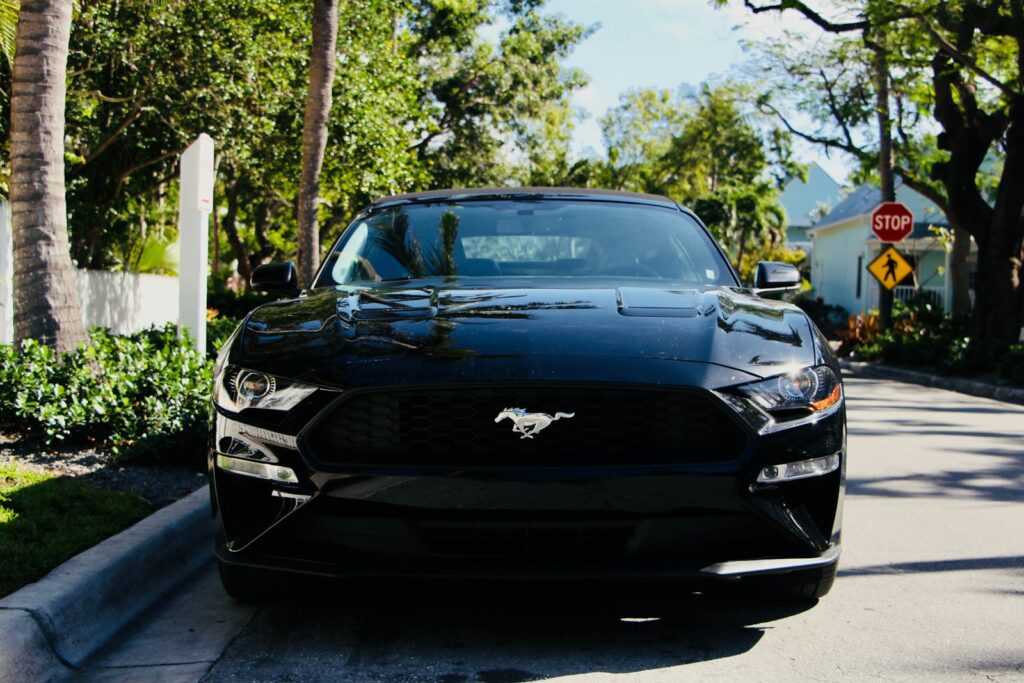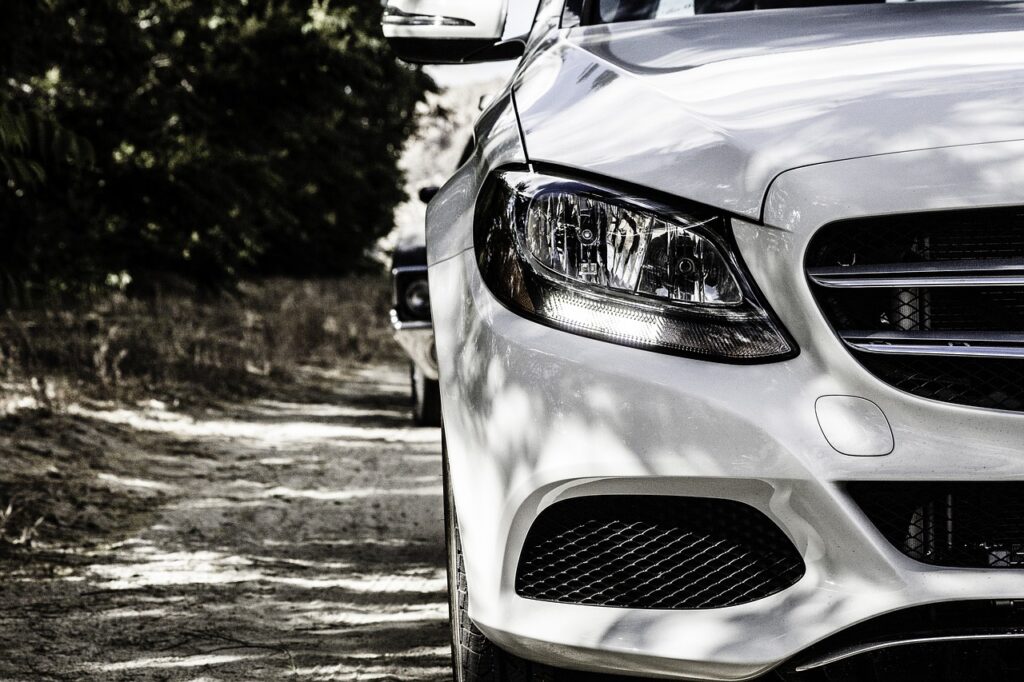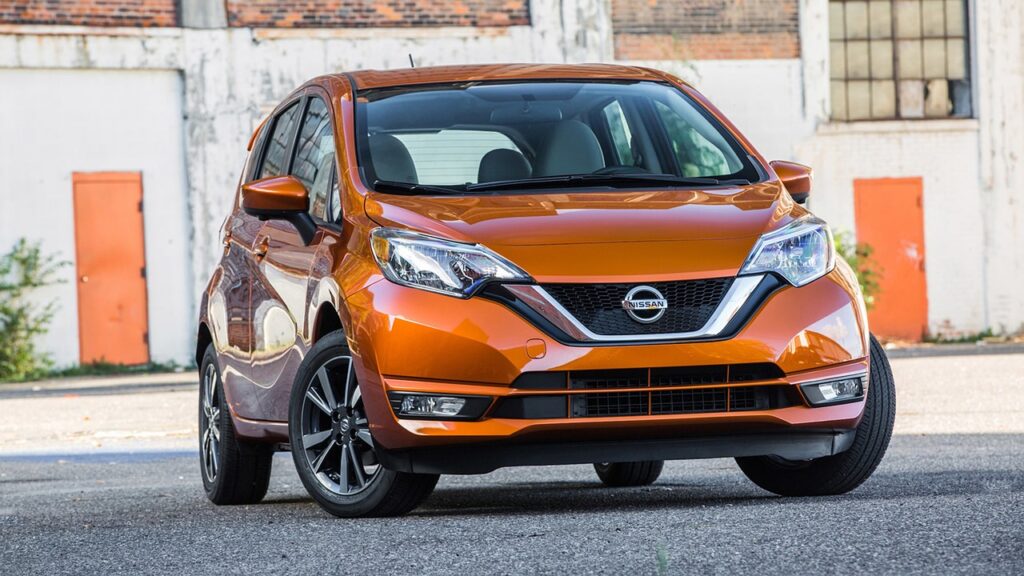
In the fast-paced realm of the automotive industry, not every car brand can endure the challenges of time, and many have left the roads over the past couple of decades.

Let’s embark on a captivating journey through some of the most memorable car brands that have disappeared from our highways in the last 25 years, revealing the reasons behind their fall and celebrating their unforgettable contributions to the automotive landscape.

1. **Plymouth (1928-2001)**: Once a prominent name under Chrysler, Plymouth was celebrated for its inventive designs and forward-thinking appeal. Unfortunately, the trend of ‘badge engineering’ in the 90s, which saw other Chrysler products stamped with the Plymouth name, diluted its distinct identity and, combined with plummeting sales figures, ultimately led to its closure in 2001.

2. **Mercury (1938-2011)**: Positioned as Ford’s affordable mid-range option, Mercury essentially served as a badge-engineered alternative to Lincoln and other Ford models. Sadly, an aging customer base and a shrinking demographic proved detrimental, culminating in its discontinuation in 2011.
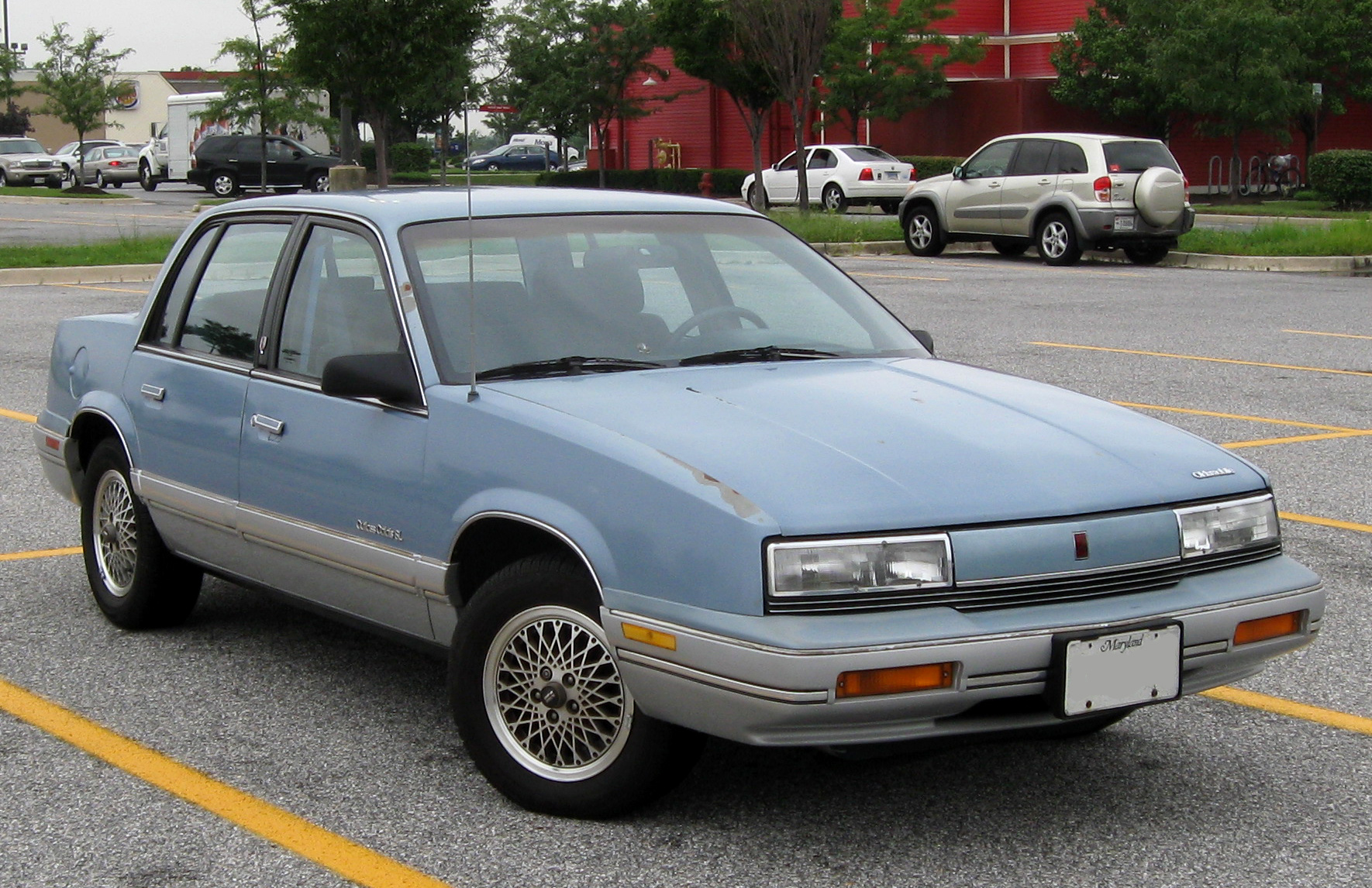
4. **Oldsmobile (1897-2004)**: As one of America’s oldest car brands, Oldsmobile had a reputation for high-powered performance. Its downfall was echoed by the 1990s trend of rebadging and a gradual decline in quality and performance, marking the end of this storied brand in 2004.

5. **Packard (1899-1958)**: Initially a luxury brand, Packard struggled to compete in the mid-priced market. The disastrous merger with Studebaker in 1953 was the beginning of the end for Packard, once known for its elegance and quality.

3. **Pontiac (1926-2010)**: With the tagline ‘Pontiac. Designed for Action,’ this brand was a household name for speed and performance. However, fuel crises and safety apprehensions in the 70s and 80s undermined its sporty reputation, eventually leading to GM’s Chapter 11 reorganization in 2008 and Pontiac’s demise in 2010.

7. **Hummer (1992-2010)**: Envisioned initially as a military contract vehicle, Hummer faced hurdles due to its poor fuel economy and safety concerns in the civilian market. Despite its unique appeal, Hummer ceased production following failed sales deals.

8. **Kaiser-Frazer (1945-1951)**: The joint venture between Joseph Frazer and Henry Kaiser was promising, but differing visions led to their split in 1951. Though the Kaiser brand continued by acquiring Willys-Overland, the Frazer name disappeared from the market.

6. **Studebaker (1852-1966)**: Coming from a lineage of German blacksmiths, Studebaker was celebrated for its reliable and innovative automotive designs. Nevertheless, intense price competition with GM and Ford in the 1950s, paired with a costly merger with Packard, resulted in its closure in 1966.
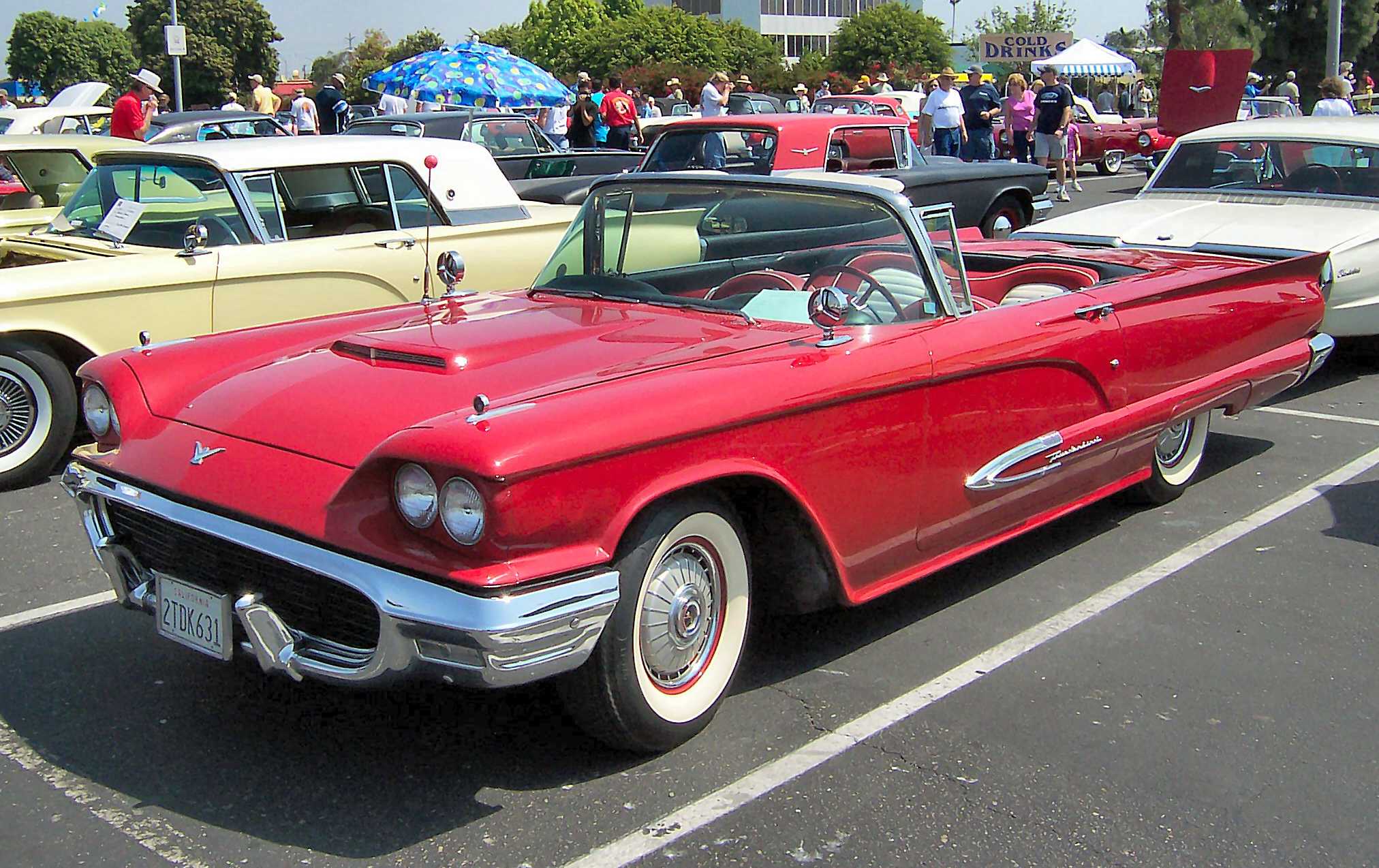
10. **Edsel (1957-1959)**: A cautionary tale in marketing failure, the Edsel was over-hyped and poorly received. The result was a catastrophic financial loss for Ford and the brand’s rapid disappearance.
9. **Tucker Corporation (1944-1950)**: Preston Tucker’s ambitious vision for cutting-edge vehicles fell prey to an SEC investigation, despite eventually being cleared of wrongdoing. The financial pressures and reputational damage proved too great, leading to the company’s downfall.

12. **Nash (1916-1957)**: Nash introduced a series of firsts in the automotive world, including the first production compact car and the first car with a unibody design. Though they merged into AMC, Nash’s innovative spirit laid the groundwork for future advancements in car manufacturing and engineering.

13. **Packard (1899-1958)**: Despite its eventual downfall, Packard was synonymous with luxury and elegance. The brand’s early adoption of V12 engines and focus on premium craftsmanship has influenced luxury carmakers, leaving a legacy of sophistication that still inspires brands today.

11. **Panhard (1887-1967)**: As one of the oldest automobile manufacturers, Panhard earned acclaim for its innovative engineering and luxurious offerings. Even though it ceased production in 1967, Panhard’s groundbreaking work on front-wheel drive and contributions to automotive suspension systems continue to resonate in modern car design.

14. **Studebaker (1852-1966)**: Originating as a wagon manufacturer, Studebaker transformed into an automotive pioneer known for its distinctive designs and commitment to quality. Their innovative styling profoundly impacted 20th-century automobile aesthetics, illustrating their lasting influence.

15. **Hummer (1992-2010)**: Renowned for its rugged off-road capabilities, Hummer embodied adventure and resilience. Though the brand is no longer in operation, its legacy endures in today’s crossover and SUV markets, where toughness and versatility remain pivotal selling points.
Related posts:
14 Defunct Car Brands and Why they Failed
List of defunct automobile manufacturers of the United States
what car brands will disappear?


